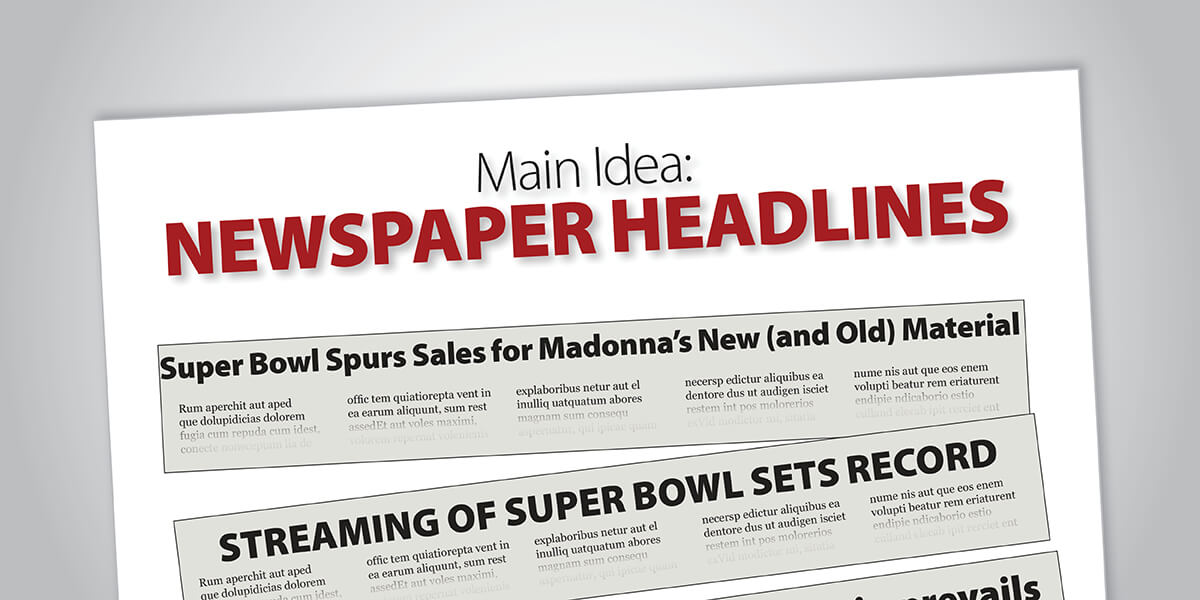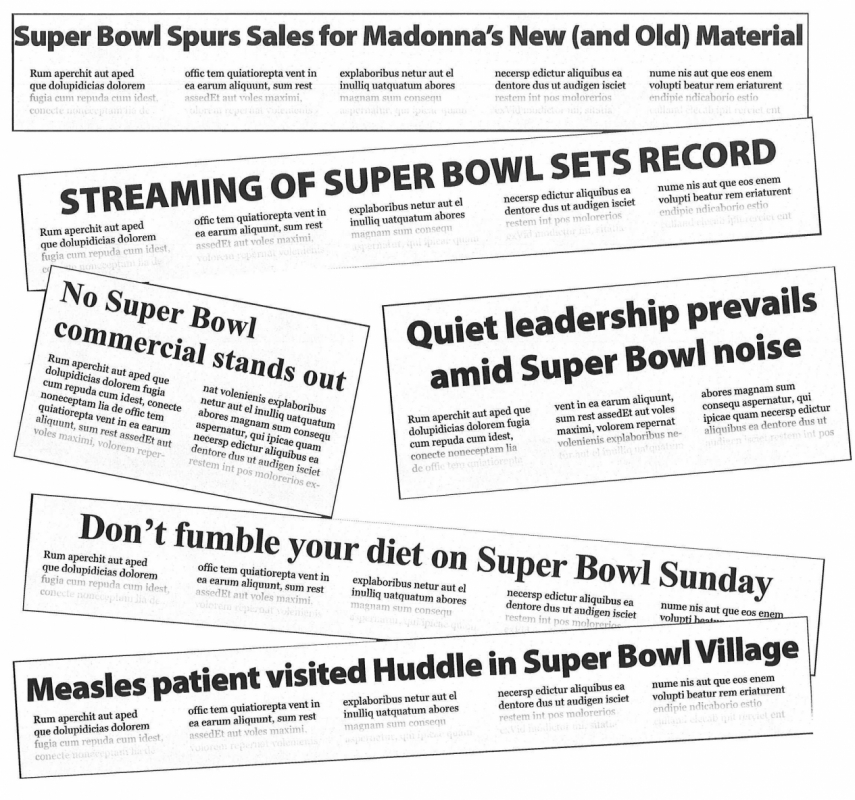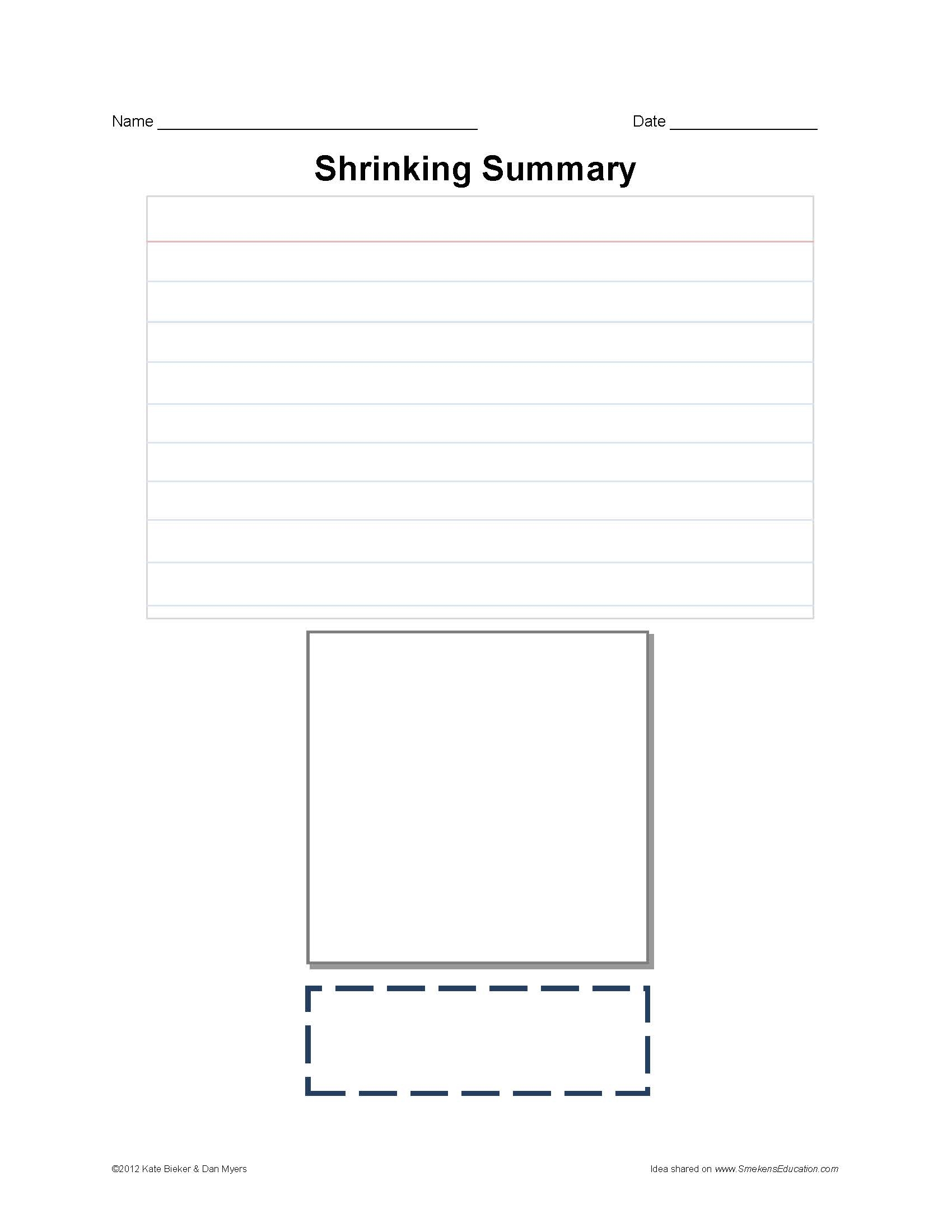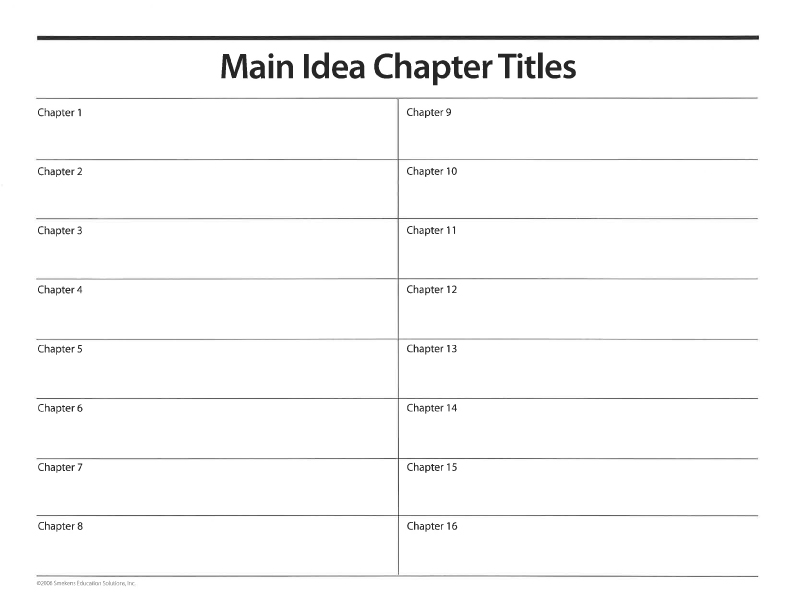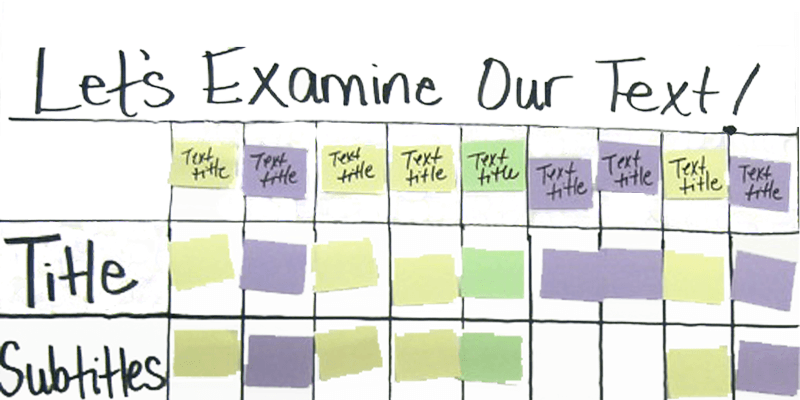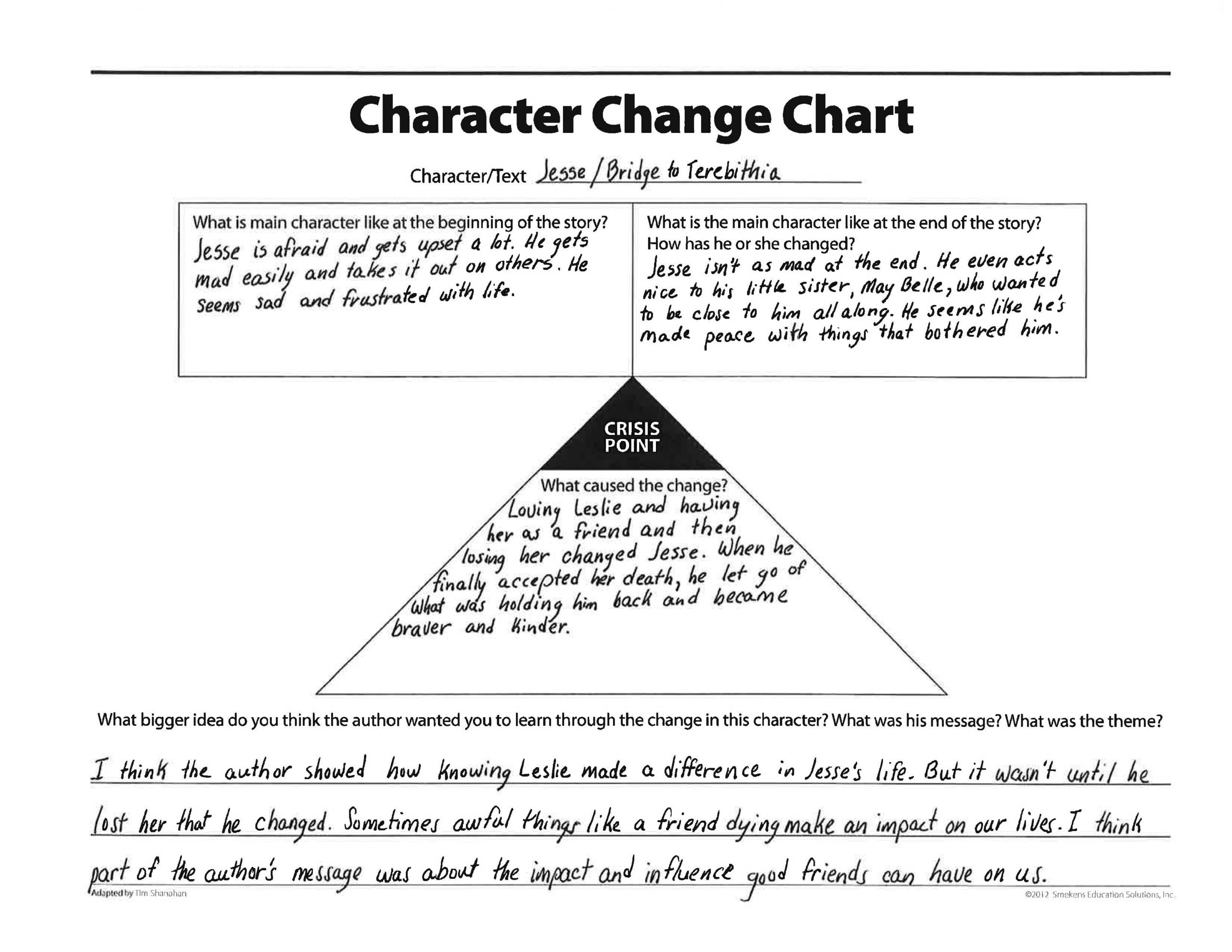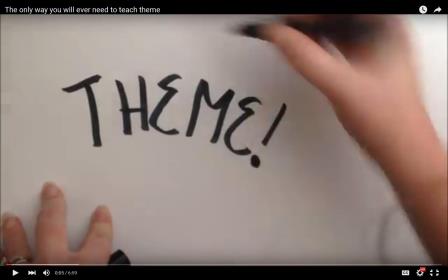Delivering Explicit & Engaging Comprehension Mini-Lessons
SECRET SITE
Quick Links
V

Discern between topic and main idea
Start by explaining the difference between a text’s topic and its main idea.
Discern between explicit and implicit ideas
Justify that an author’s main-idea title is appropriate for the text.
Highlight details within the text that repeat words from the title. If most of the text is highlighted, then the title represents what it’s mostly about.
Panda Cub Example & Template
Identify 2-3 main ideas from the same text
Identify key points/reasons on the table tops (i.e., topic sentences). Then, identify the relevant details on the legs (i.e., supporting details).
Determine important from unimportant information
Once students can generate a summary, then whittle down the main idea from there. Provide smaller and smaller paper (or decrease their word limit). Challenge them to emphasize the most important and utilize precise word choice to create a single-sentence main-idea statement on a sticky note.
Use details to infer main idea
NARRATIVE: Primary students can write single-sentence main-idea summaries.
NARRATIVE: Generate main-idea sentences/titles for each chapter.
INFORMATIVE: Support main idea with textual evidence.
Predict the main idea before reading
Information T.H.I.E.V.E.S. gather details from text features to anticipate the text’s topic and focus.
Identify character revelations (early theme)
Identify significant choices or pivotal moments in a character’s life.
Consider what the character was like before and after that moment. Then consider what caused the choice, decision, or change. | Template
Identify life lessons and themes
Recognize topical themes or categories that authors tend to write about.
Eighth grade teacher Sara Johnson explains theme in a four-step whole-class activity.
Utilize the TheMe Foldable to demonstrate that the topic or category isn’t the theme. It’s the specific lesson within that topic that was learned.

